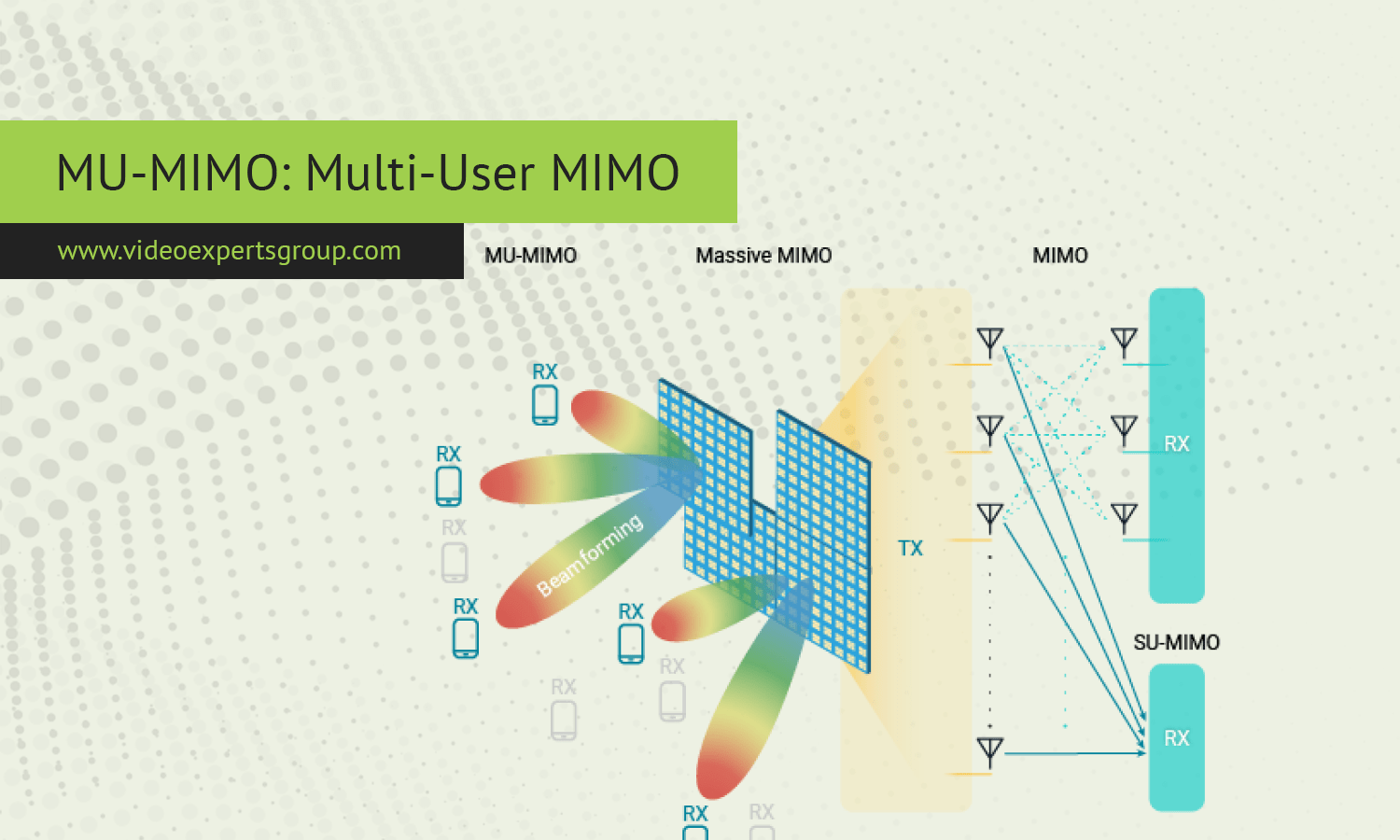As wireless communication continues to evolve, the demand for faster and more efficient connections has grown significantly. With the rise in devices like smartphones, laptops, tablets, and IoT gadgets all competing for bandwidth, traditional wireless technologies face challenges in handling this increased load. This is where MU-MIMO (Multi-User Multiple-Input Multiple-Output) comes into play. MU-MIMO is a technology that enables Wi-Fi routers and access points to serve multiple devices simultaneously, rather than one at a time, which drastically improves network efficiency and performance in crowded environments.
Meaning
MU-MIMO, or Multi-User Multiple-Input Multiple-Output, is an advanced version of the MIMO technology. MIMO, in general, uses multiple antennas to send and receive data streams, increasing the speed and efficiency of wireless communication. However, in its traditional form (known as SU-MIMO, or Single-User MIMO), data is transmitted to one device at a time. Even though multiple streams are being sent, they are only directed to a single device, making it less efficient when many devices are connected to the same network.
MU-MIMO enhances this by allowing multiple devices to communicate with the router or access point simultaneously. Essentially, MU-MIMO enables the router to "talk" to several devices at once, without making them wait their turn. This increases the overall data throughput and reduces network congestion, especially in environments where many devices are connected.
Technology
MU-MIMO works by leveraging multiple antennas at both the router (or access point) and the connected devices. These antennas are responsible for creating multiple data streams, which are transmitted and received simultaneously. In contrast to SU-MIMO, which serves one device at a time, MU-MIMO is designed to handle multiple devices concurrently by sending different streams of data to different devices.
The technology relies on advanced signal processing techniques to separate these data streams and ensure that each stream reaches its intended device without interference. By doing this, MU-MIMO can significantly improve the efficiency of wireless communication, particularly in networks with multiple users.
Key Components of MU-MIMO Technology:
-
Spatial Streams: MU-MIMO uses spatial multiplexing, which allows the transmission of independent data streams (spatial streams) over the same frequency band. Each stream is sent to a different device, allowing multiple users to access the network simultaneously.
-
Beamforming: Beamforming is a technique used in conjunction with MU-MIMO to direct wireless signals toward specific devices, improving the strength and reliability of the connection. Beamforming focuses the Wi-Fi signal in the direction of each connected device, reducing interference and ensuring that data reaches its target efficiently.
-
Downlink vs. Uplink: Early MU-MIMO implementations were primarily used for downlink communication, meaning the router could send data to multiple devices simultaneously. More advanced versions, such as those found in Wi-Fi 6, also support uplink MU-MIMO, allowing multiple devices to send data to the router at the same time.
-
Wi-Fi Standards: MU-MIMO was first introduced in Wi-Fi 5 (802.11ac) and further improved in Wi-Fi 6 (802.11ax). Wi-Fi 6 supports both downlink and uplink MU-MIMO, allowing for even more efficient communication between routers and devices.
Advantages and Disadvantages
Advantages:
-
Increased Network Efficiency: MU-MIMO allows routers to communicate with multiple devices at once, increasing the overall efficiency of the network. This is especially useful in environments with many connected devices, such as offices, homes with smart devices, and public spaces.
-
Reduced Latency: Since MU-MIMO enables simultaneous data transmission to multiple devices, it reduces the wait time for each device to receive its data. This leads to lower latency, which is crucial for applications like online gaming, video conferencing, and real-time communications.
-
Better User Experience in Crowded Networks: In traditional SU-MIMO networks, the more devices that are connected, the slower the network becomes for each user. With MU-MIMO, the router can serve multiple users at once, minimizing the slowdown in crowded environments and providing a smoother experience for all users.
-
Improved Bandwidth Utilization: MU-MIMO helps make better use of the available bandwidth by splitting it efficiently across multiple devices. This results in faster data transfer rates and a more balanced distribution of network resources.
Disadvantages:
-
Limited Device Compatibility: Not all devices support MU-MIMO technology. Older smartphones, laptops, and other Wi-Fi devices may not be able to take advantage of the benefits MU-MIMO offers. For MU-MIMO to work, both the router and the connected devices need to be compatible with the technology.
-
Performance Depends on Environment: MU-MIMO performs best in environments with devices that are evenly distributed around the router. If devices are concentrated in one area, the effectiveness of MU-MIMO can be reduced, as the technology is optimized for spatial separation.
-
Complexity and Cost: Routers and access points that support MU-MIMO tend to be more complex and expensive compared to their SU-MIMO counterparts. The added antennas and signal processing technology come with a higher cost, which may not be necessary for smaller or less congested networks.
-
Uplink Limitations in Older Standards: While Wi-Fi 6 supports uplink MU-MIMO (allowing devices to send data to the router simultaneously), earlier versions, such as Wi-Fi 5, only support downlink MU-MIMO, limiting the technology’s effectiveness for certain applications.
FAQ
MU-MIMO has significantly transformed how Wi-Fi networks handle multiple devices, making them more efficient and capable of serving modern homes and businesses where many devices are connected simultaneously. While there are limitations, the technology has paved the way for faster, smoother wireless experiences, especially as more devices adopt MU-MIMO support.
















